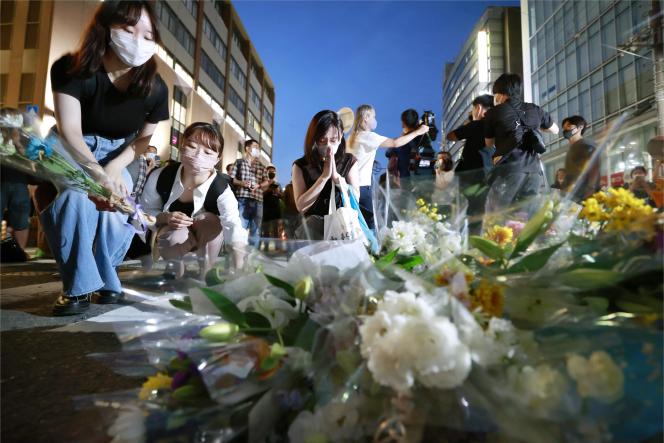The day after the assassination of former Prime Minister Shinzo Abe, who was shot twice in the neck in the middle of an election rally in Nara, in western Japan, the local prefecture’s police chief, Tomoaki Onizuka, said admitted on Saturday, July 9, that it was “undeniable that there had been problems with the custody and security measures” of the former Prime Minister.
“It is urgent that we carry out a thorough investigation to clarify what happened,” he added, without elaborating on the specific shortcomings of Friday’s security arrangement.
Security measures are sometimes lax at local election rallies in Japan, where violent crime is rare and gun laws are tough. The number of people killed by gunshots is extremely low.
“Crafted Appearance” Weapon
A suspect, arrested at the scene, confessed to deliberately targeting Mr. Abe, telling police he was angry at an organization he believed he was affiliated with. Some Japanese media mentioned a religious group. The 41-year-old man is, according to local media, a former member of the Maritime Self-Defense Force (the Japanese Navy). According to the police, he used a weapon of “homemade appearance”, on which further analyzes are in progress.
Mr. Abe, heir to a political dynasty, held the longest-serving post of prime minister in Japan, which he held in 2006-2007 and again from 2012 to 2020. He was forced to resign for health reasons, but had remained very influential within his formation, the Liberal Democratic Party.














